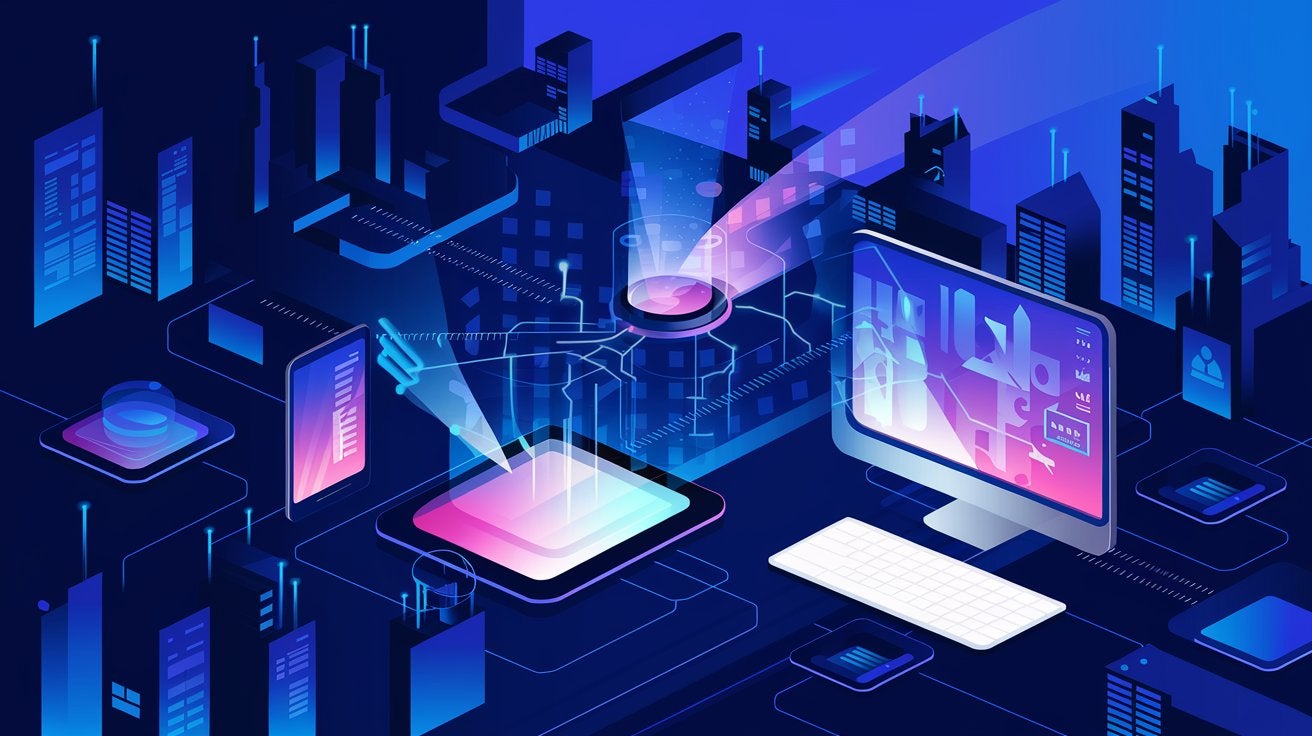1. Why Personalization Fuels Loyalty
Customer loyalty goes beyond offering discounts or rewards—it’s about making customers feel valued and understood. In a time when personalization is critical, customers expect brands to anticipate their needs and cater to their preferences. Generic marketing tactics no longer meet the mark. CDPs enable a level of personalization that goes beyond simply addressing a customer by name, allowing brands to deliver tailored experiences that strengthen loyalty.
By leveraging data, CDPs help brands shift from basic personalization to predictive models, offering customized experiences that anticipate what customers want next—ultimately fostering long-term loyalty.
2. The Role of CDPs in Crafting Tailored Experiences
CDPs are built to integrate data from multiple customer touchpoints, giving brands a comprehensive view of their customers. This insight allows brands to create highly personalized and targeted interactions that keep customers engaged. Here's how they work:
- Unified Customer Profiles: CDPs gather data from various sources, including website activity, social media, purchase history, and email interactions, providing a 360-degree view of each customer. This enables brands to deliver relevant, personalized experiences.
- Real-Time Data Activation: With CDPs, brands can respond to customer behavior in real time. For example, if a customer shows interest in a product but doesn’t complete the purchase, CDPs can trigger personalized reminders or offers, enhancing the customer experience and boosting conversion rates.
3. Practical Applications of CDPs in Personalization
CDPs enable brands to customize marketing efforts and interactions based on individual customer behaviors and preferences. Here are a few examples of how CDPs can personalize the customer journey:
- Customized Product Recommendations: CDPs analyze past purchases, browsing history, and preferences to suggest products that are likely to appeal to each customer. For instance, a customer who favors eco-friendly products will receive recommendations that align with those values.
- Dynamic Content Personalization: CDPs allow brands to adjust their messaging on websites, emails, and mobile apps to fit each customer’s needs. Returning customers may be greeted with personalized content, such as tailored product guides or blog posts based on prior interactions.
- Personalized Loyalty Programs: CDPs enhance loyalty programs by offering customized rewards—such as exclusive offers for frequent shoppers or targeted campaigns based on spending habits—leading to greater engagement and retention.
4. Strengthening Retention with Consistent Engagement
For personalization to be truly effective, it must be consistent across all channels. CDPs ensure that brands provide a seamless, unified experience, whether customers are interacting via email, social media, or in-store. By centralizing customer data, CDPs help brands create a cohesive experience that nurtures deeper connections.
- Cross-Channel Consistency: CDPs synchronize customer profiles across all marketing platforms, enabling brands to maintain a consistent, personalized experience throughout the customer journey.
- Proactive Retention Strategies: CDPs can identify at-risk customers based on shifts in behavior and engagement. Brands can then launch personalized re-engagement efforts, like special offers or reminders, to prevent churn and keep customers loyal.
5. Building Loyalty through Trust and Transparency
Trust is at the heart of customer loyalty, and as concerns around data privacy grow, transparency becomes essential. CDPs help brands build trust by offering robust data management tools that ensure compliance with privacy regulations like GDPR and CCPA. This transparency is key to establishing a secure relationship with customers, helping them feel confident in how their data is used.
- Clear Data Practices: CDPs allow brands to communicate clearly about how customer data is collected and utilized, ensuring customers understand the value of sharing their information for personalized services.
- Customer Empowerment: By providing customers with control over their data preferences, CDPs foster trust and transparency, which strengthens the brand-customer relationship.
6. The Future of CDPs: Integrating AI for Predictive Personalization
The future of CDPs lies in artificial intelligence (AI) and machine learning, which will take personalization to new heights. With predictive analytics, CDPs can not only respond to current customer behavior but also foresee future needs. This allows brands to stay ahead of customer expectations and deliver anticipatory, highly personalized experiences.
- AI-Powered Personalization: AI enables CDPs to predict what products a customer might be interested in next, send timely messages, or create bespoke experiences that feel relevant and helpful.
- Staying Ahead of the Curve: Predictive capabilities allow brands to stay one step ahead, delivering value to customers before they even realize they need it.
7. Why CDPs Are Crucial for Customer Loyalty in 2024
As customer expectations continue to evolve, personalization remains a key driver of loyalty. CDPs equip brands with the tools to provide tailored, real-time experiences that deepen customer relationships. By investing in a CDP, marketing leaders can ensure their brand stands out in a crowded marketplace, fostering stronger, more lasting connections with their audience.
Ready to take your customer loyalty strategy to the next level? Explore how implementing a CDP can help your brand build more meaningful, data-driven connections with customers, ensuring loyalty and sustainable growth for years to come.


